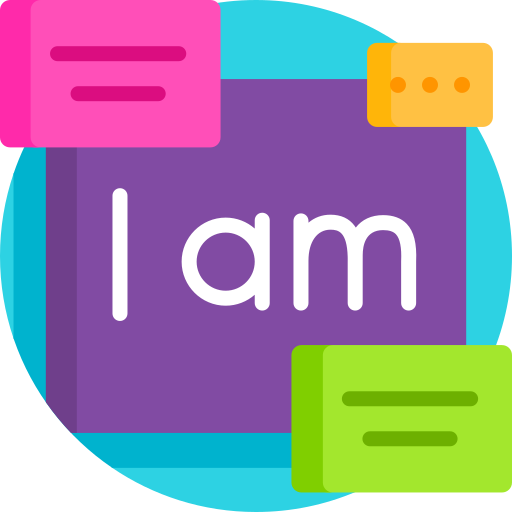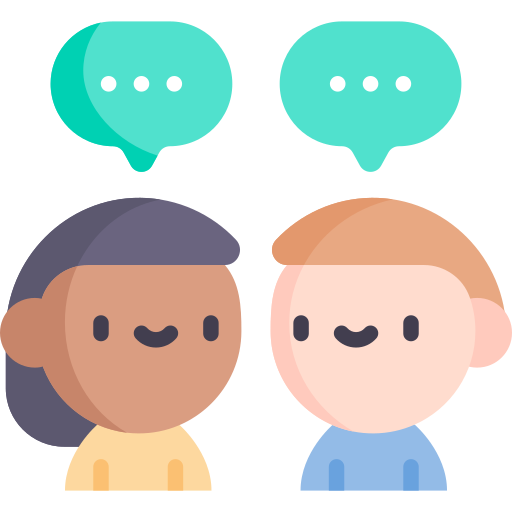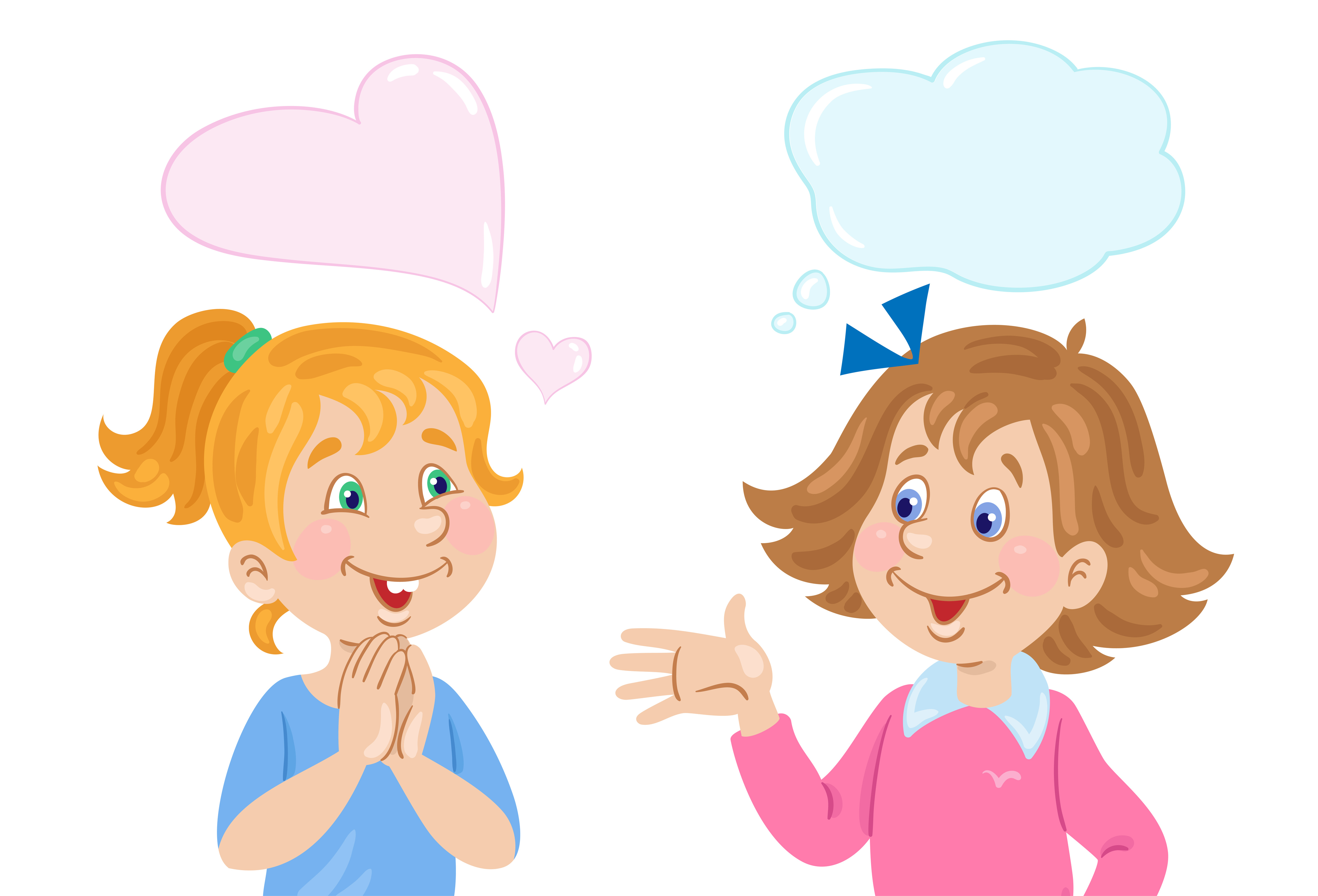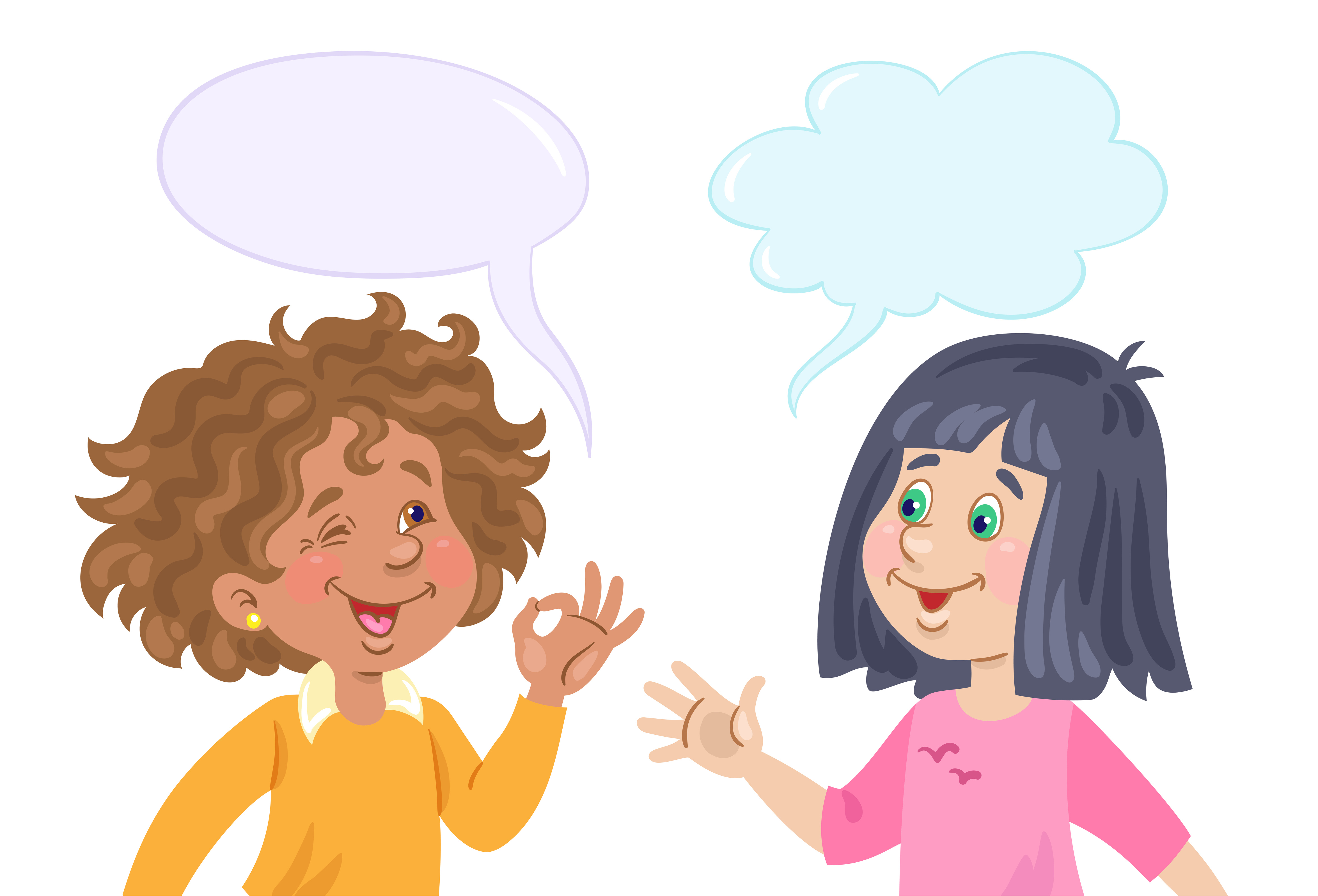PART A_1
We will read aloud the words below. Please repeat after me. I will check your pronunciation.
(Please send the mispronounced words and expressions to your student.)
PART A_2

| convenient | 便利な |
| possible | 可能な |
| population | 人口、住民数 |
| accident | 事故 |
| property | 財産 |
PART A_3
Now, let’s review some words from Part A_2.
(Please review the mispronounced words and expressions from Part A_2.)
PART A_4
PART A_5
Please look at the picture in part A_2. Give a maximum of three things that you see in the picture.
(If your student is having a hard time answering, please move to the next activity.)
PART A_6
PART B_1
You will read aloud the passage below. I will check your pronunciation and intonation.
(Please send the mispronounced words and expressions to your student.)
PART B_2
Town planning is the process of developing and designing a town in order to make everyday life more convenient for people. For example, roads, buildings, houses, and public spaces. Also, a city should have a proper transportation system, walkable streets, and parks where people can enjoy fresh air. Town planners come up with different ideas and plans to make all of these possible.
The population of newly industrialized countries, in particular, is growing day by day. And without proper town planning, people will encounter many problems. For example, traffic, accidents, and disaster risks. Every person must also make an effort to follow the laws and respect all property to make each city a better place.
PART B_3
Now, let’s review some words and sentences from Part B_2.
(Please review the mispronounced words and sentences from Part B_2.)
PART B_4
PART B_5
I will ask the following questions. Please answer based on the passage. I will check if your sentences are complete and if the grammar is correct.
PART B_6
| 1. | What is town planning? |
| Answer: | |
| 2. | What should a city have? |
| Answer: | |
| 3. | What will happen if there is no town planning? |
| Answer: |
PART B_7
Now, let’s review your answers.
(Please review your student’s answers by sending the correct answers in complete sentences. After that, ask your student to read aloud his or her corrected answers.)
PART B_8
PART C_1
Please choose a word to complete each sentence. Then, read aloud the sentences.
PART C_2
convenient
population
accident
property
| 1. | This town has a ________ of 7,300 people. |
| 2. | Karen had a car ______ and is now in the hospital. |
| 3. | Mr. Lee owns three _______ in this city. |
| 4. | I found that taking public transportation was more _________ than driving a car. |
PART C_3
Now, let’s review your sentences.
(Please review your student’s answers by sending the correct answers in complete sentences. After that, ask your student to read aloud his or her corrected answers.)
PART C_4
PART D_1
Please answer the following question.
I will check if your sentences are complete and if the grammar is correct.
I will check if your sentences are complete and if the grammar is correct.
PART D_2
| Question: | What makes your city a better place to live in? |
| Answer: |
PART D_3
Now, let’s review your answer.
(Please review your student’s answers by sending the correct answers in complete sentences. After that, ask your student to read aloud his or her corrected answers.)
PART D_4
PART E_1
Now, let’s answer the following questions. Your answer should start with “Yes/No.”
Give at least one reason to support your opinion. I will check if your sentences are complete and if the grammar is correct.
Give at least one reason to support your opinion. I will check if your sentences are complete and if the grammar is correct.
PART E_2
| 1. | Do you think public parks are an important part of town planning? Why or why not? |
| Answer: | |
| 2. | How do you think good town planning can make a city a better place to live? |
| Answer: |
PART E_3
Now, let’s review your answers.
(Please review your student’s answers by sending the correct answers in complete sentences. After that, ask your student to read aloud his or her corrected answers.)
PART E_4
PART F_1
Let’s have a free talk about the following topic.
(Please have a free talk if there is time left.)
PART F_2
Do you prefer living in a big city or a small town? Why?
PART F_3




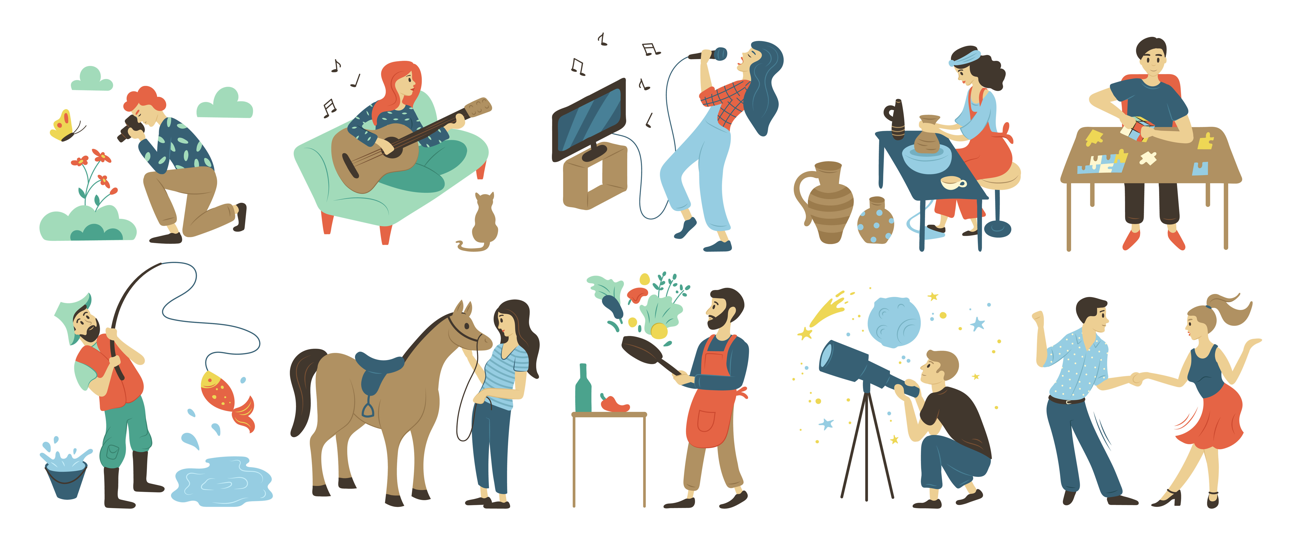


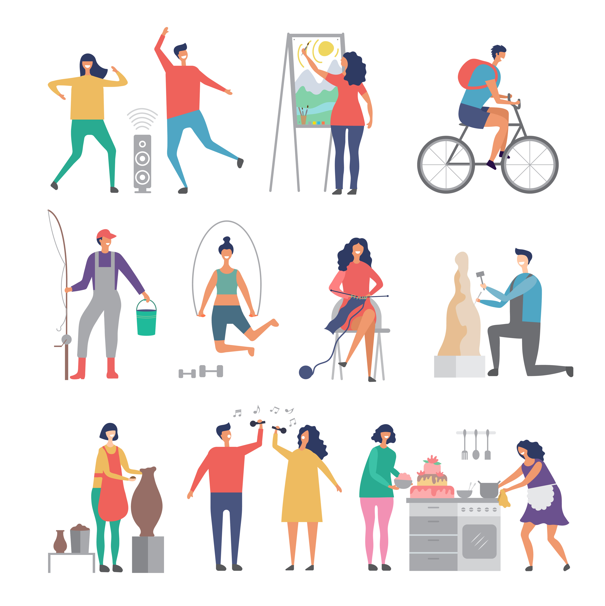
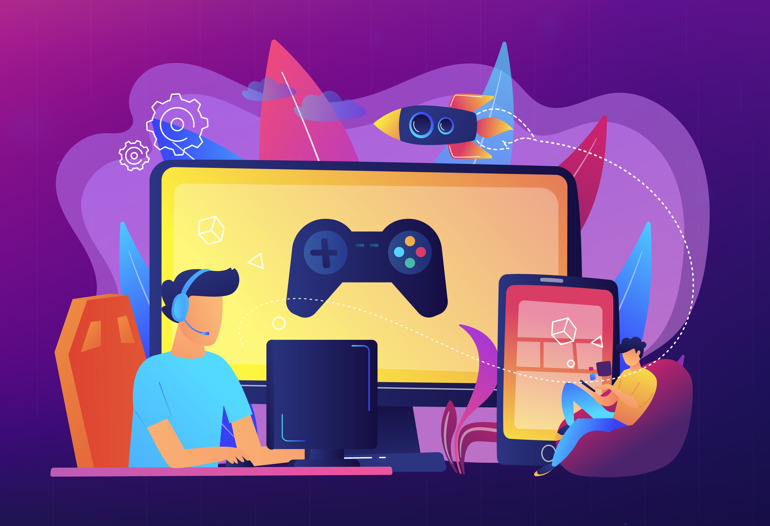


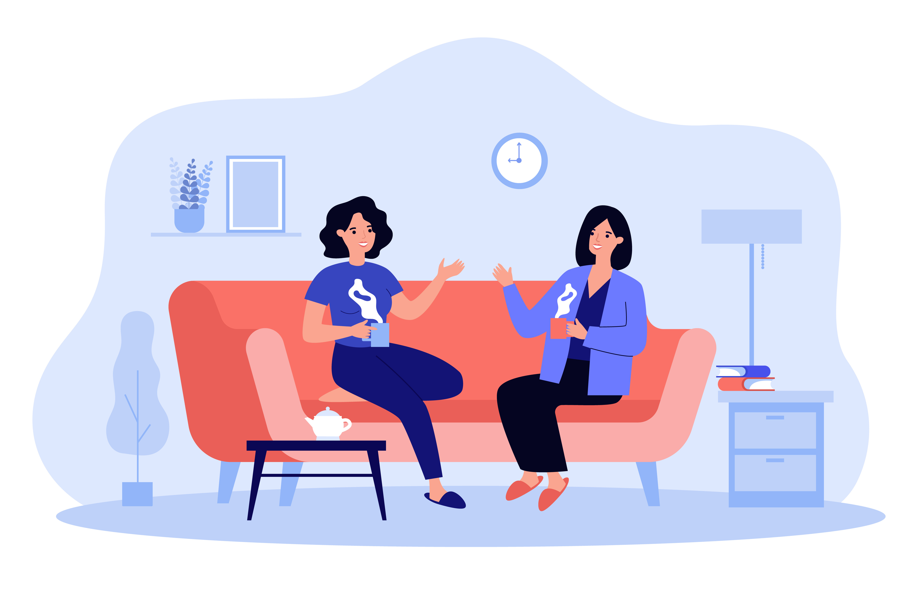


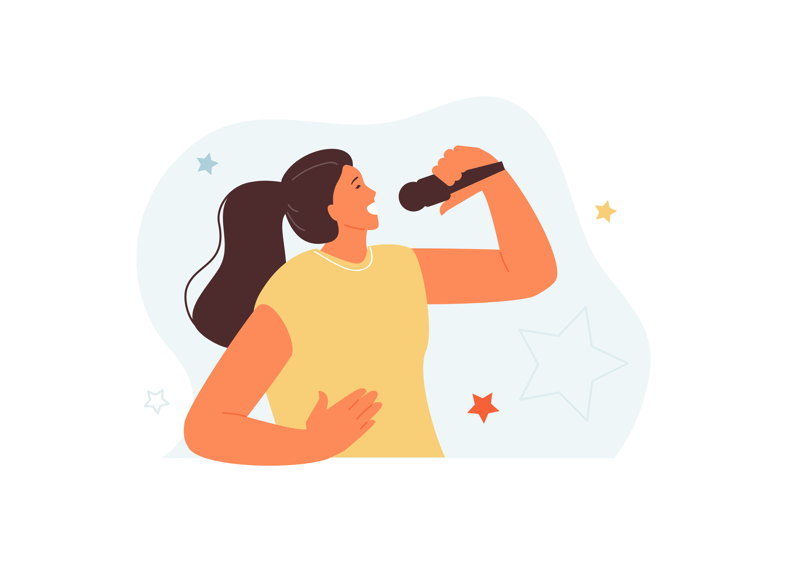

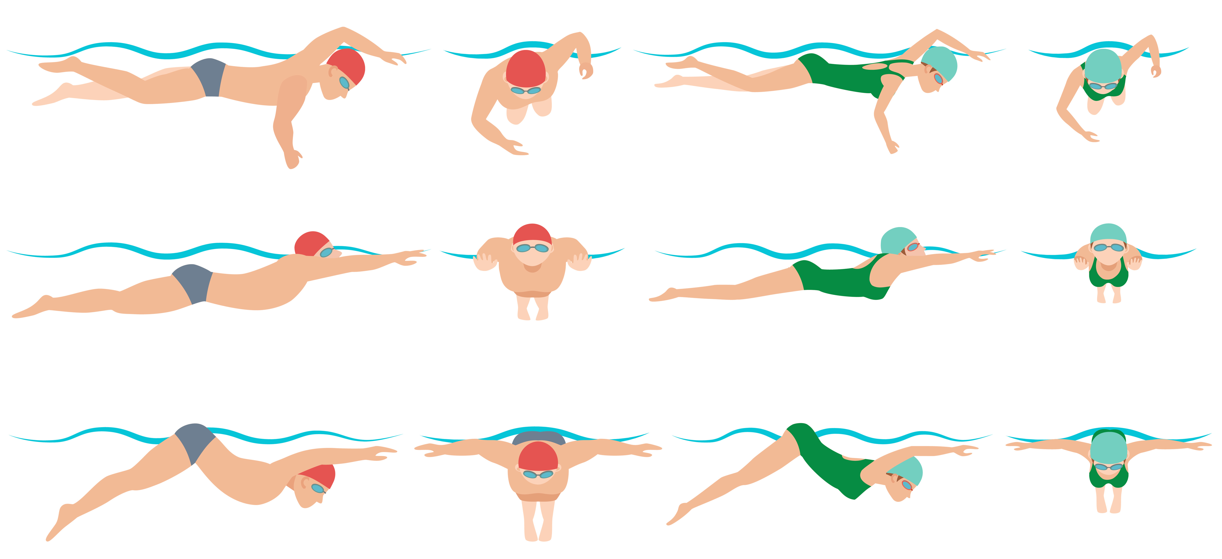





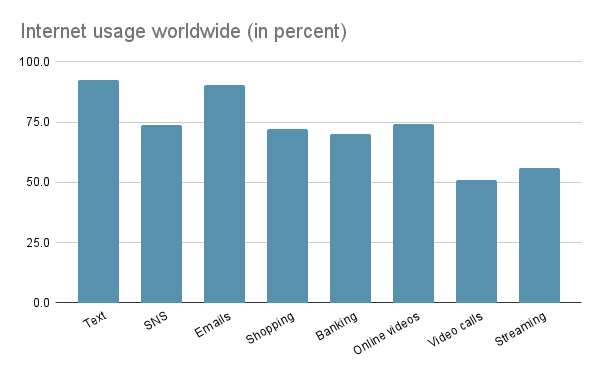



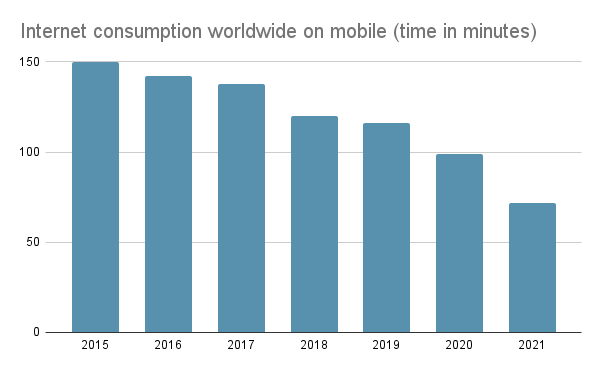
 GOOD
GOOD 







